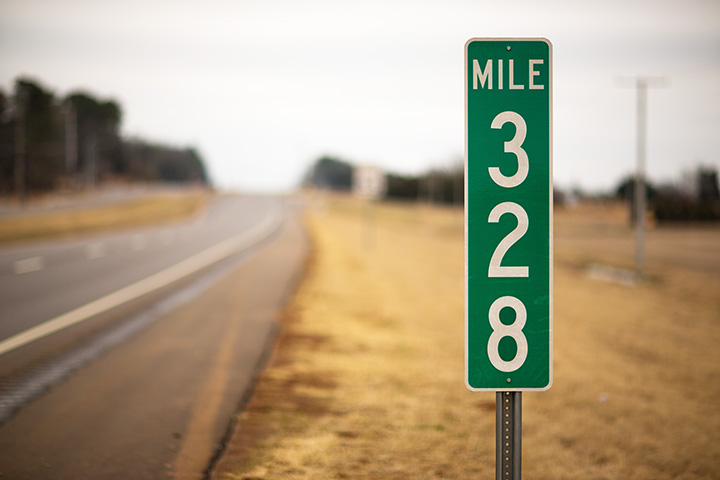In the world of logistics, the journey from point A to point B involves numerous stages, each playing a crucial role in the successful delivery of goods. Two essential segments of this journey are the first mile and the last mile. While often overlooked, these segments hold immense significance in the overall delivery process.
In this blog, we'll delve into the differences between first and last mile delivery and explore how they contribute to the seamless movement of goods from origin to destination.

First Mile Delivery:
The first mile delivery refers to the initial stage of the logistics process, where goods are transported from the point of origin, typically a manufacturer or supplier, to a local distribution center, a fulfillment center, or a transportation hub. This stage involves activities such as order processing, packaging, and organizing the shipment. The primary objective of first mile delivery is to efficiently and promptly move goods from the source to the transportation network, ensuring smooth transition and coordination for the subsequent stages.
Key Features of First Mile Delivery:
- Collection and consolidation: During the first mile, goods are collected from various sources, such as manufacturers or suppliers, and consolidated to optimize transportation efficiency. This may involve sorting, organizing, and packaging items based on factors like destination, size, and weight.
- Order processing and labeling: First mile operations include validating orders, checking inventory, and preparing necessary documentation. Proper labeling and documentation ensure accurate tracking and reduce errors during transit.
- Initial transportation: The first mile often involves utilizing various modes of transportation, such as trucks, vans, or local carriers, to move goods from the point of origin to distribution centers or hubs. Efficient routing and load optimization are essential for minimizing costs and reducing transportation time.
Challenges in First Mile Delivery:
First mile delivery poses several challenges that logistics companies must address:
- Coordination and synchronization: Coordinating multiple sources, consolidating shipments, and synchronizing various activities can be complex, requiring efficient communication and collaboration among stakeholders.
- Traffic and accessibility: Navigating through congested urban areas or regions with limited infrastructure can significantly impact first mile delivery, leading to delays and increased costs.
Last Mile Delivery:
The last mile delivery is the final stage of the logistics process, where goods are transported from a distribution center or hub to the end recipient, which can be a business or a residential address. This stage is often considered the most critical and challenging part of the delivery process, as it directly impacts customer satisfaction and influences repeat business.
Key Features of Last Mile Delivery:
- Routing optimization: Last mile delivery requires efficient routing algorithms to determine the most optimal paths and delivery sequences. This helps minimize travel distance, reduce fuel consumption, and improve overall delivery times.
- Customer experience: Since the last mile is the final interaction point with customers, it plays a significant role in shaping their overall experience. Factors such as timely deliveries, real-time tracking, and communication contribute to customer satisfaction.
- Diverse delivery options: With the rise of e-commerce, last mile delivery has seen increased demand for diverse delivery options. This includes doorstep delivery, click-and-collect services, locker pickups, and even drone or autonomous vehicle deliveries.
Challenges in Last Mile Delivery:
The last mile delivery faces unique challenges:
- Address accuracy and accessibility: Accurate address information, complex urban environments, gated communities, or remote locations can pose challenges for drivers, resulting in delivery delays or failed attempts.
- Time sensitivity: Customers have higher expectations for faster deliveries, especially with the rise of same-day and next-day delivery services. Meeting tight delivery windows requires efficient logistics planning and optimized routing.
- Cost optimization: Last mile delivery can be expensive due to the high number of individual deliveries, making it crucial for companies to find cost-effective solutions without compromising service quality.
Conclusion:
In the vast landscape of logistics, the first and last mile delivery stages serve as critical links that connect the entire supply chain. While the first mile focuses on efficiently moving goods from the source to the transportation network, the last mile is all about ensuring prompt and satisfactory delivery to the end recipient. By understanding the differences and challenges inherent in these stages, logistics companies can develop innovative solutions to bridge the gap and enhance the overall delivery experience.
Ultimately, by improving the efficiency of both the first and last mile, businesses can meet customer expectations, strengthen their reputation, and gain a competitive edge in the ever-evolving logistics industry.